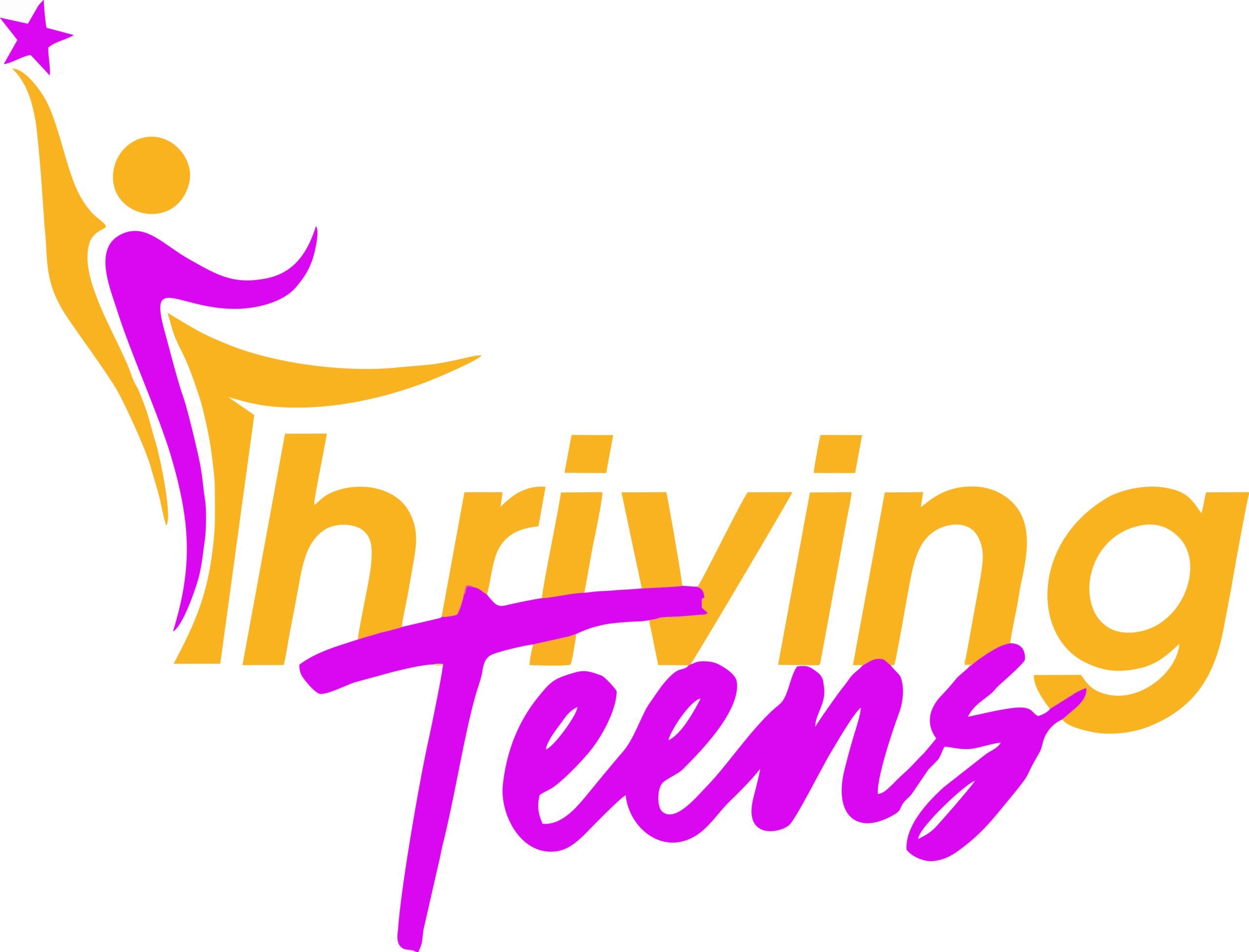Ten thousand girls drop from school every year in Kenya because of pregnancy. Factors
contributing to this are parents don’t talk about sex, children and teens lack information about
their changing bodies and an inability to deal with the sexual urges that come naturally at
puberty. Adolescents can be taught to make appropriate decisions, be assertive and resist
sexual activity.
According to the Kenya Demographic Health Survey (KDHS) 2022, If fertility were to remain
constant at current levels, a woman in Kenya would bear an average of 3.4 children in her
lifetime. Fertility is low among adolescents (73 births per 1,000 women age 15–19), peaks at
179 births per 1,000 among women age 20–24, and then decreases thereafter.
Fifteen percent of women age 15–19 have ever been pregnant; 12% have had a live birth, 1%
have had a pregnancy loss, and 3% are currently pregnant. The percentage of women age
15–19 who have ever been pregnant increases with age, from 3% among those age 15 to 31%
among those age 19. About 4 in 10 women age 15–19 who have no education have ever been
pregnant, as compared with only 5% of women who have more than secondary education.
Fertilization explained…
This takes place when a male sperm cell meets a female egg. Millions are deposited into the
vagina during sexual intercourse. After the male ejaculates in the vagina, ejaculated sperm
swim up through the cervix into the uterus. The woman’s body helps guide the sperm through
the uterus and to the fallopian tubes. If a mature egg (or more than one egg in the case of
twins) is present, fertilization can take place. Although thousands of sperm may be present,
only one sperm cell can penetrate the egg. Sperm can fertilize an egg up to seven days after
intercourse. If an egg is fertilized, it will move from the fallopian tube into the uterus (womb)
where it will grow.
What is implantation?
This takes place when a fertilized egg attaches itself to the lining of the woman’s uterus. The
nutrients in the lining of the uterus are used to support the growth of the egg into a foetus and
then a baby. The woman will not experience periods during pregnancy because the lining of the
uterus, which normally sheds during menstruation, is not shed at all during pregnancy. The
implanted egg grows in the uterus for nine months and becomes a baby. It then comes out of
the mother’s body through the process of childbirth.
Antenatal care is care provided by skilled health-care professionals to pregnant women and
adolescent girls in order to ensure the best health conditions for both mother and baby during
pregnancy.
Intrapartum care is care provided by skilled health-care professionals to women and adolescent
girls during childbirth in order to ensure the best health conditions for both mother and baby.
Postnatal care is care provided by skilled health-care professionals to women and adolescent
girls and their babies up to six weeks following childbirth in order to ensure the best health
conditions for both mother and baby.
